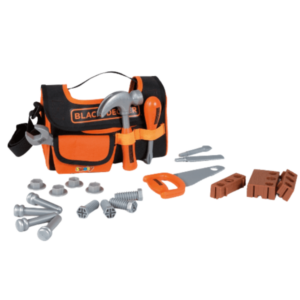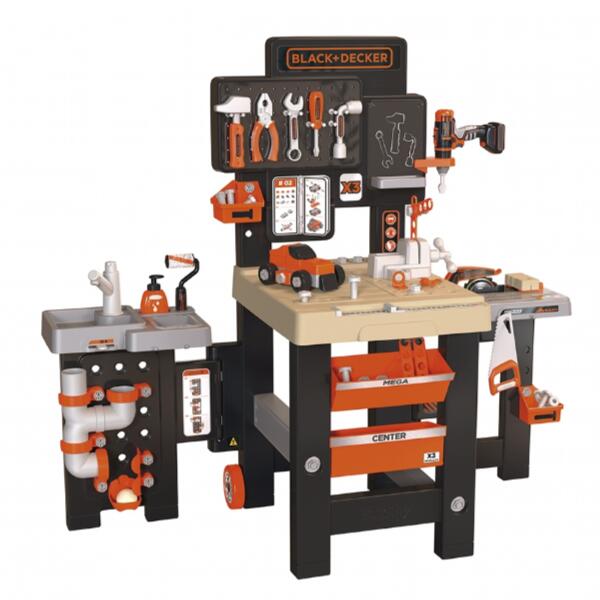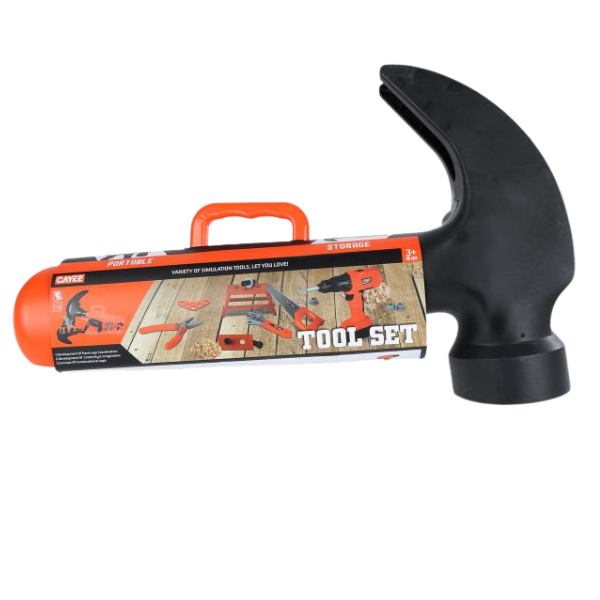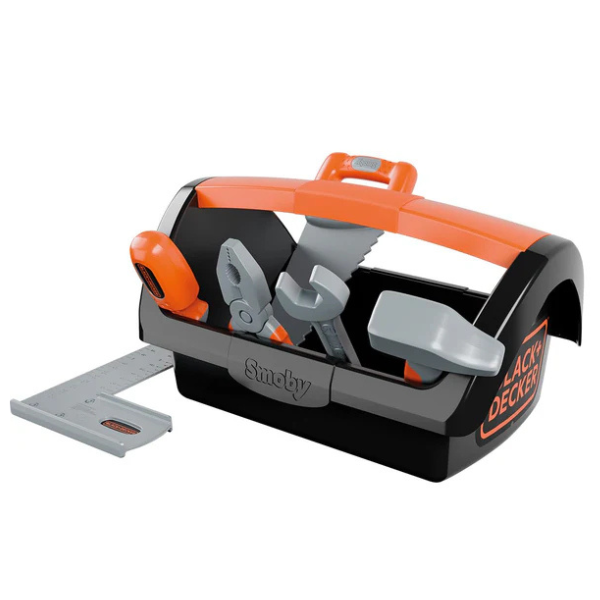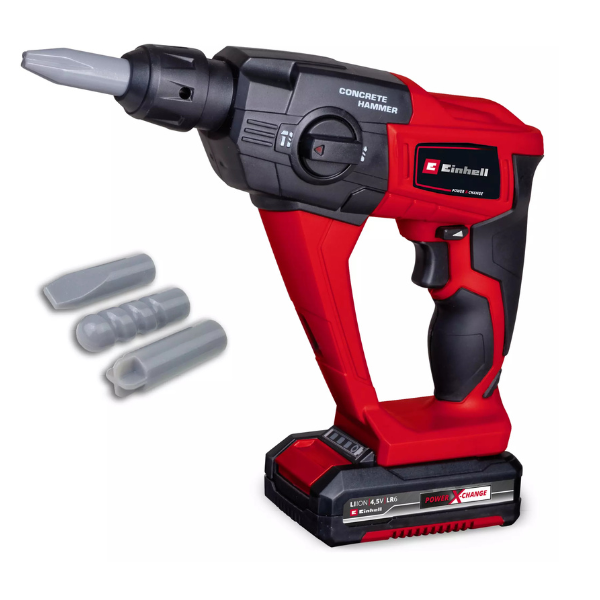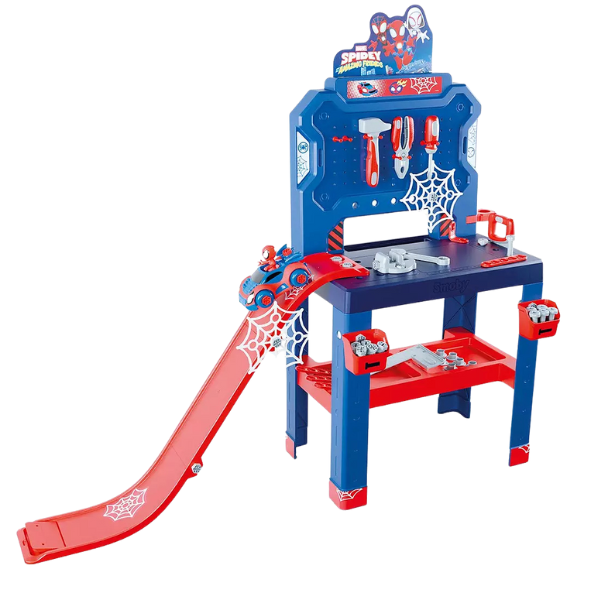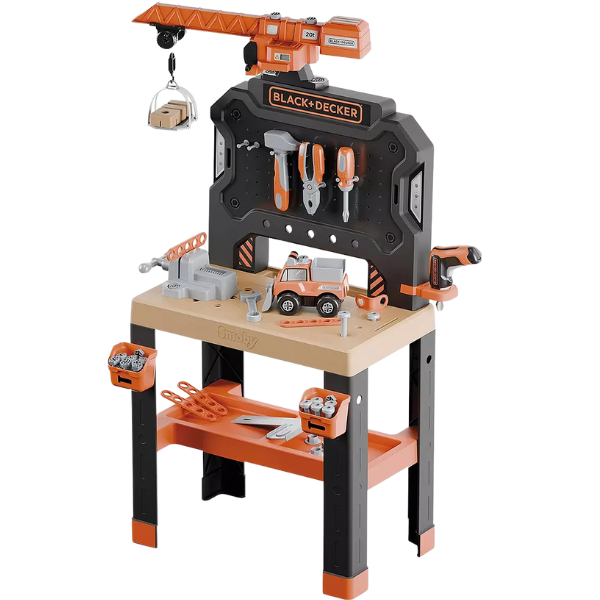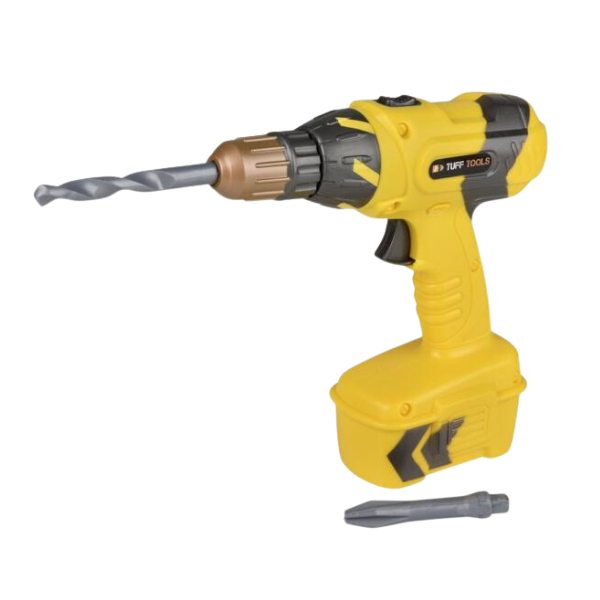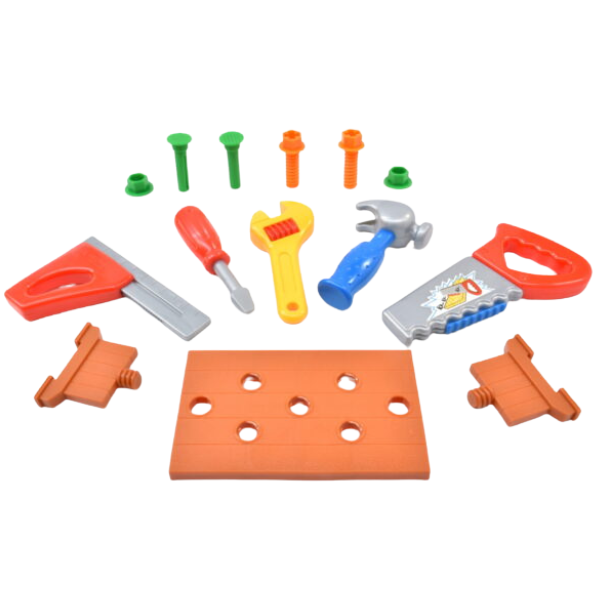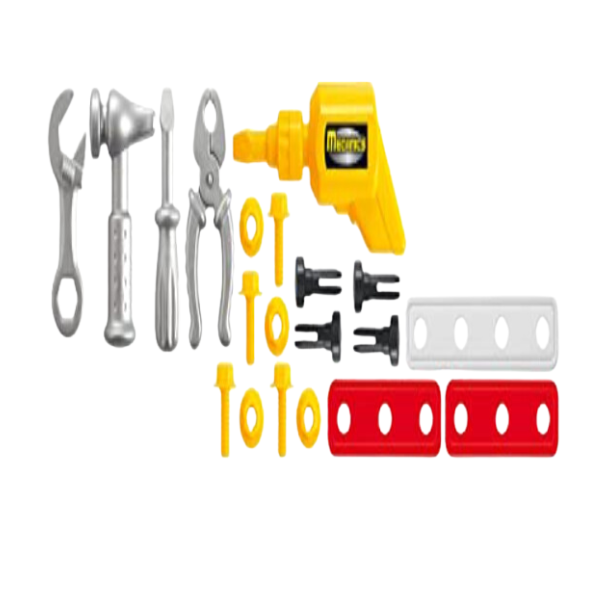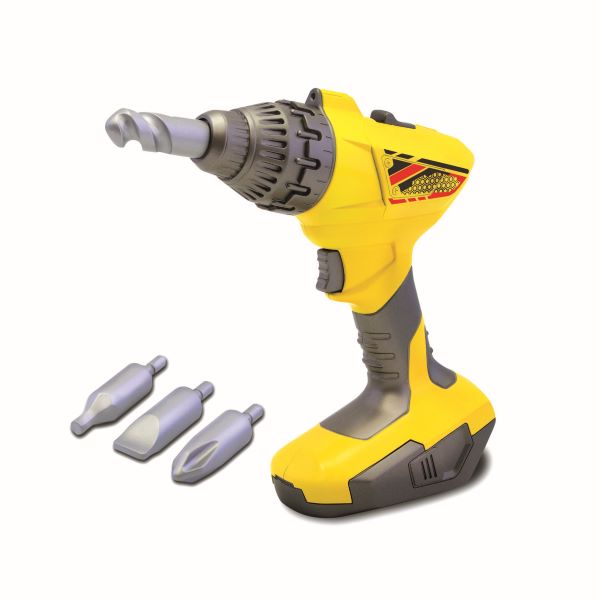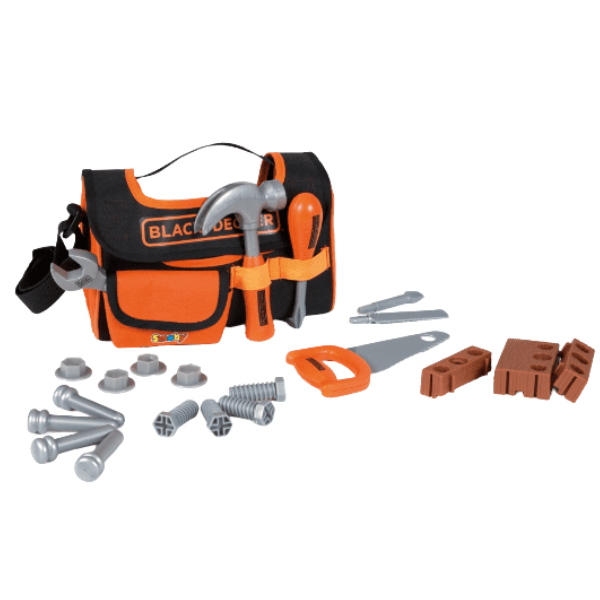Frequently asked questions
What exactly are "kids' tool toys"?
Kids’ tool toys are miniature, safe, and often brightly colored versions of real-life tools like hammers, screwdrivers, wrenches, saws, and drills. They’re designed for play, not for actual construction, and are made from materials like plastic, wood, or even soft fabric.
Why are tool toys good for my child? What do they learn?
Oh, so much! Tool toys are brilliant for:
- Fine Motor Skills: Gripping, turning, twisting, and “hammering” helps strengthen those tiny hand muscles and improves dexterity.
- Hand-Eye Coordination: Lining up a “screw” with a “screwdriver” or hitting a “nail” with a “hammer” is excellent practice.
- Problem-Solving: While not always explicit, kids often figure out which tool might be “best” for a particular imaginary task.
- Imaginative Play & Role-Playing: Kids can pretend to be a carpenter, a mechanic, or even “fix” their other toys, sparking creativity and storytelling.
- Cause & Effect: They learn that turning a screw makes something tighter (or looser, in play).
- Language & Vocabulary: They learn the names of different tools and actions.
What age are tool toys suitable for?
You can find tool toys for a surprisingly wide age range!
- 12-18 months: Soft fabric tool sets or chunky, large plastic tools are great for early exploration and sensory play.
- 18 months – 3 years: Simple plastic toolboxes with a few basic tools (hammer, screwdriver, wrench) are perfect for developing motor skills.
- 3 years and up: More elaborate workbenches with various tools, nuts, bolts, and even a “drill” (battery-free or with gentle movement) can provide hours of engaging play.
What kinds of tool toys do you sell?
You’ll find a great variety:
- Individual Tools: Often sold separately or in small sets.
- Toolboxes: A classic, portable option where kids can carry their tools.
- Workbenches: Larger, more elaborate setups that mimic a real workbench, often with built-in “projects” or places to “build” things.
- Building Sets: Some tool sets come with connectable pieces (like nuts, bolts, and plastic planks) for children to assemble.
- Material Variety: From soft, plush tools for babies to sturdy plastic and beautifully crafted wooden sets.
How can my child play with tool toys? Any ideas?
The possibilities are endless!
- “Fixing” everything: Encourage them to “repair” broken toys, furniture (with supervision!), or even imaginary problems.
- Building projects: Provide cardboard boxes, blocks, or even just space on the floor for them to “build” houses, cars, or robots.
- Role-playing scenarios: Set up a pretend “workshop” or “garage.”
- Copying you: If you’re doing a DIY project, give them their toy tools so they can “help” alongside you (safely, of course!).
- Creative construction: Some sets come with elements to build vehicles or structures.



